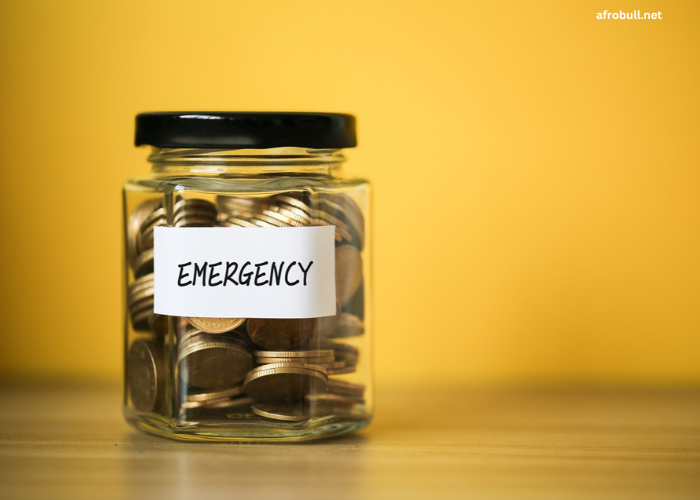Life is full of surprises, and not all of them are pleasant. An unexpected medical bill, a car repair, or a sudden job loss can strain even the most carefully managed budget. Building an emergency fund is one of the smartest financial moves you can make to safeguard against these uncertainties. Here’s a step-by-step guide to help you create a financial cushion for peace of mind.
1. Understand the Importance of an Emergency Fund
An emergency fund acts as a safety net to cover unforeseen expenses without derailing your financial goals. It reduces reliance on credit cards or loans, which often come with high-interest rates. Additionally, having an emergency fund provides peace of mind, allowing you to focus on solving problems without financial stress.
2. Determine Your Target Amount
The size of your emergency fund depends on your individual circumstances. A common recommendation is to save three to six months’ worth of essential living expenses. If your job is less stable or you have dependents, consider aiming for six to twelve months of expenses. Start with a smaller, more attainable goal, such as $1,000, and build from there.
3. Evaluate Your Monthly Expenses
Calculate your essential monthly expenses, including:
- Rent or mortgage payments
- Utilities
- Groceries
- Transportation costs
- Insurance premiums
This will give you a clear picture of how much you need to save to cover your basic needs in an emergency.
4. Create a Dedicated Savings Account
Open a separate savings account specifically for your emergency fund. This prevents you from accidentally dipping into it for non-essential purchases. Look for accounts with no fees, high interest rates, and easy access.
5. Set a Budget and Identify Savings Opportunities
Review your current budget and identify areas where you can cut back to allocate funds toward your emergency savings. Consider:
- Reducing discretionary spending (e.g., dining out, subscriptions, entertainment)
- Shopping smarter by using coupons or waiting for sales
- Temporarily pausing large, non-essential purchases
6. Automate Your Savings
Set up automatic transfers to your emergency fund account. Even small, consistent contributions add up over time. For example, transferring $50 per week results in $2,600 saved in a year.
7. Supplement Your Income
If possible, look for ways to boost your income to accelerate your savings. Options include:
- Taking on a part-time job or freelance work
- Selling unused items
- Utilizing cashback apps and rewards programs
8. Reassess and Adjust Regularly
Periodically review your emergency fund to ensure it aligns with your current expenses and financial goals. Life changes, such as moving, having a child, or a salary increase, may require adjustments to your target amount.
9. Use the Fund Only for True Emergencies
It can be tempting to dip into your emergency fund for non-essential expenses, but discipline is key. Reserve it strictly for unforeseen, urgent situations like medical emergencies, job loss, or major home repairs.
10. Replenish After Use
If you use your emergency fund, prioritize replenishing it as soon as possible. Treat rebuilding your fund with the same urgency as creating it in the first place.
Final Thoughts
Building an emergency fund requires commitment and discipline, but the financial security it provides is well worth the effort. By following these steps, you’ll create a buffer that can help you navigate life’s uncertainties with confidence. Start small, stay consistent, and watch your emergency fund grow—your future self will thank you!

